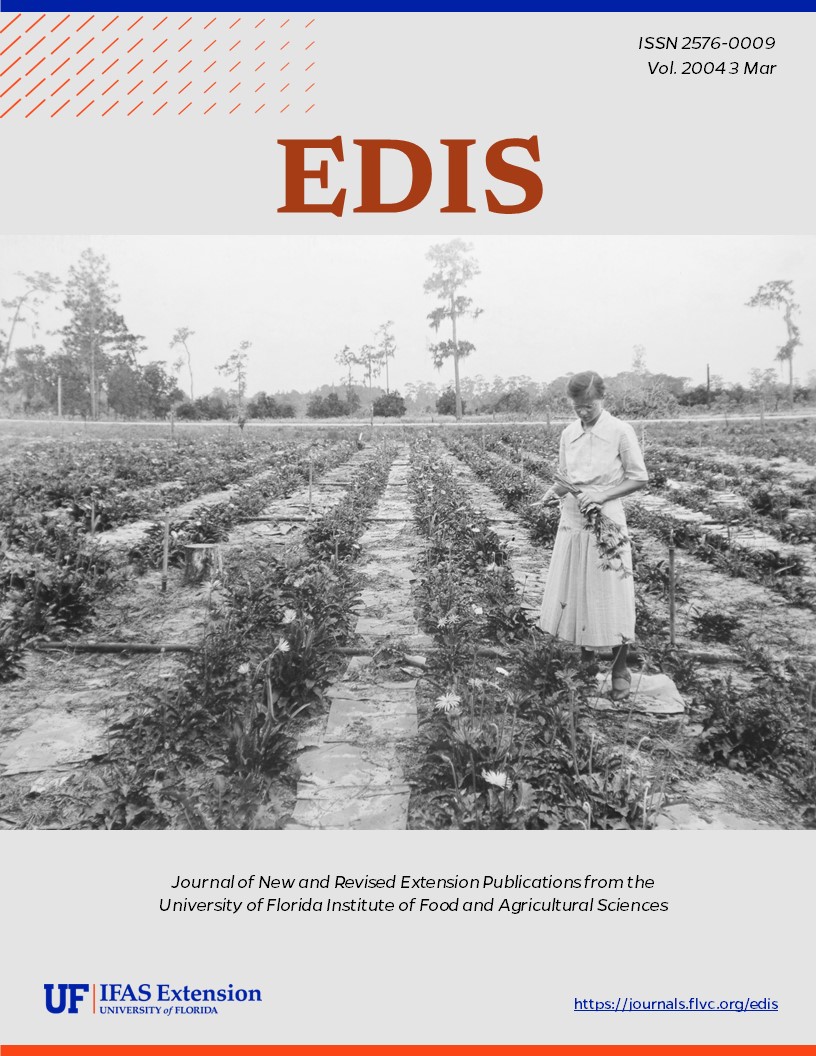Abstract
The pecan bud moth, Gretchena bolliana (Slingerland), is a native pest of pecan and hickory throughout the pecan belt. It occurs from South Carolina to Florida and west to Texas. Arizona and New Mexico are free of this pest to date. This document is ENY-690 (formerly ENT-56), one of a series of the Department of Entomology and Nematology, Florida Cooperative Extension Service, Institute of Food and Agricultural Sciences, University of Florida. First published: December 1985. Revised: January 2004.
ENY-690/IN488: The Pecan Bud Moth: Pest of Nursery Stock and Transplanted Pecans (ufl.edu)
References
Mizell, R. F. III and D. E. Schiffhauer. 1986. Larval infestation levels of pecan bud moth, Gretchena bolliana Slingerland, in relation to cultivar and position on the tree. Environ. Entomol. 15:436-8. https://doi.org/10.1093/ee/15.2.436
R. F., F. Martin and P. C. Andersen. 1987. Pecan nursery stock: Models of height and diameter growth and impact of pecan bud moth Gretchena bolliana(Lepidoptera: Tortricidae). Environ. Entomol. 17: 13-17. https://doi.org/10.1093/ee/17.1.13
B. and A. Knutson. 1997. Field guide to the insects and mites associated with pecan. TX A&M Univ. System Publ. B-6055. 127 pp.
Unless otherwise specified, articles published in the EDIS journal after January 1, 2024 are licensed under a Creative Commons Attribution-NonCommercial-NoDerivs 4.0 International (CC BY-NC-ND 4.0) license.

